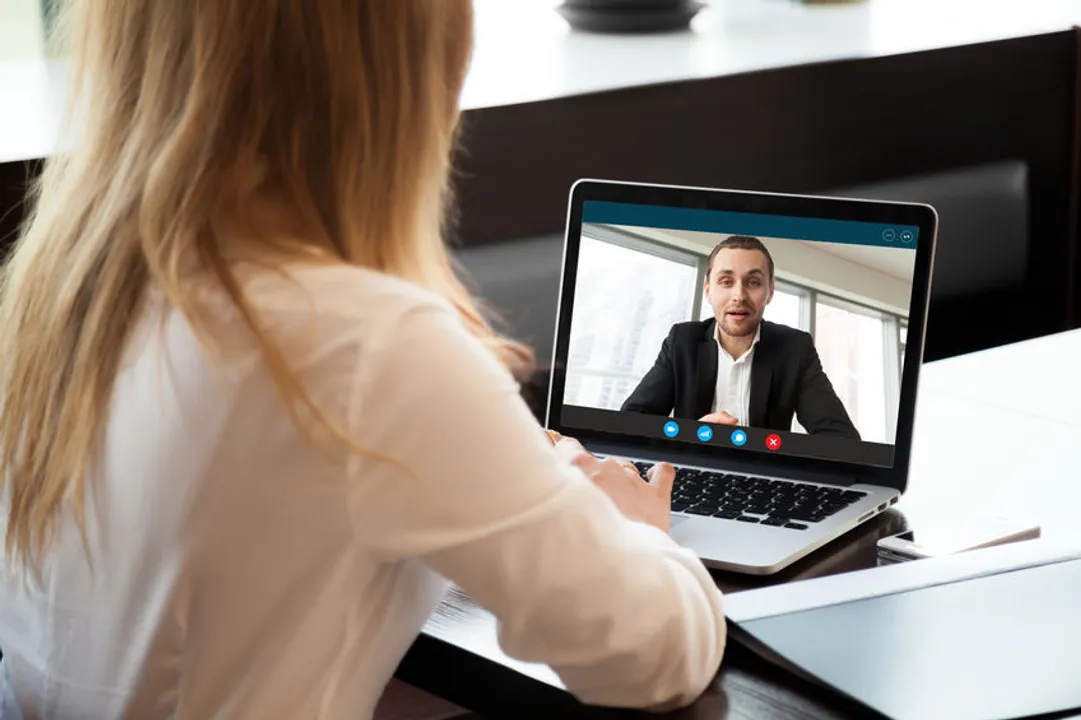Healthcare Workforce & Provider Recruitment: Beyond the COVID-19 Pandemic

Aleksandr Davydov/123RF.com
The New Normal
Once the initial fear and anxiety around the COVID-19 pandemic passed, a new normal in the healthcare workforce world emerged. By now you’ve likely returned to work in some capacity. Maybe you now work remotely (Work from Home, or the new shorthand, WFH) and will do so for a while. Maybe you’ve recently returned to work under social distancing and protective face cover/mask constraints. Either way, the effects of COVID-19 loom for the long haul. Sit back, adjust your face mask, and learn how to adapt and thrive in the new world of healthcare workforce and provider recruitment.
COVID-19 And Healthcare Access Disparities
At this writing, COVID-19 deaths in the US nears 100,000 souls. Countless people in the US have been sickened and many have been hospitalized. Millions more have been fired or furloughed from jobs. Media reporting of the COVID-19 pandemic highlight a harsh reality - the widening chasm between US healthcare access and vulnerable patient populations. COVID-19 has wreaked havoc on minority and rural populations, and healthcare workforce recruiters have a role to play here. Promote and prioritize healthcare professional placement in your locations near vulnerable populations. Discuss with your C-Suite development of primary or urgent care telehealth options whenever appropriate, feasible, and financially viable (see below).
Telehealth After COVID-19
Through the Coronavirus Aid, Relief, and Economic Security (CARES Act), special funding helped healthcare systems provide or expand COVID-19 related patient care. The CARES Act dollars also offset deficits experienced when hospitals reduced or stopped certain services because of COVID-19 transmission risk. Many hospitals and practices used the CARES Act dollars to ramp up COVID-19 care via telehealth. COVID-19 has proven that telehealth can be adopted quickly to meet organizational, provider, and patient needs. Look online for best practices in telehealth by specialty; these may be adapted to meet your organization’s needs. The value and demand for telehealth across specialties and settings has surged over the past few months. Congress must follow patient demand in the marketplace and ensure parity in telehealth reimbursement post-COVID-19.
Site Visits Go Virtual
The current Centers for Disease Control and Prevention (CDC) guidance around travel and COVID-19 is pretty restrictive; people in COVID-19 hot-spots should not travel to areas less impacted by the virus, and only essential air travel is recommended. Overworked healthcare providers in areas where COVID-19 may be flaring back up may limit travel to work and home. Given all of this, it’s clear that in-person site visits and interviews must be overhauled. For the foreseeable future, conduct interviews and site visits virtually. It’s safer, and BONUS: it comes with cost savings. Hopefully this aligns with your hospital or practice guidelines around workplace safety and COVID-19.
The intangibles that make in-person site visits special may be lost in virtual ones. Acknowledge the limitations of the virtual format with candidates. Do your best to make the experience relaxed and natural. Prepare more questions and descriptions than you normally would, since attendees on meeting platforms tend to wait for prompts from the meeting leader (you). Skip conducting a live virtual facility tour – there are too many opportunities for technology issues and problems. Instead, share existing branding videos of your facility. If you don’t have this in your branding toolkit, talk up the value of this tool to administration and include info on the ROI. With healthcare professional job seekers in mind, partner with your marketing team to create a brief video about your hospital or practice’s unique culture, service lines and special features.
Virtual Career Fairs
Virtual healthcare career fairs are not new, but they’re certainly having a moment. Select those that garner the highest rankings and reviews from candidates and employers. Use your first virtual career fair as a trial run. Enlist a trusted second set of eyes and ears to identify things you could improve upon. Be personable, polite, and patient with candidates you meet virtually. This year, family medicine students and residents will not converge upon Kansas City at the end of July for the annual American Academy of Family Practitioners (AAFP) National Conference. Instead, the AAFP National Conference has gone virtual due to COVID-19 transmission risk. Buy your virtual exhibitor space now and access bonus connections with candidates. The National Health Service Corps (NHSC) has hosted virtual career fairs for eligible primary care practice sites for several years. If you’re a new or long-term NHSC site, check out this free opportunity. Technical support is available to all NHSC virtual career fair site exhibitors. A final tip for the first=time virtual career fair exhibitor: expect a little chaos and just roll with it. Other organizations are hosting virtual career fairs for all types of healthcare providers.
Memories Made and Gratitude
At some point, depending on what state or community we live in, we will return to in person contact, and social distancing and face cover/mask guidelines will be relaxed. When that happens, use the lessons learned during the COVID-19 pandemic to navigate a return to a world forever changed. Hopefully you experienced real connection with your family, your kids, or your significant other during this time. Now is the time to reengage with colleagues and candidates – most likely virtually - with gratitude, patience, and flexibility.
Related Posts
